Up Next

During the first two weekends of the 2020 Formula 1 season, we’ve seen a Williams in Q2 and within a tenth-of-second of the top 10 in qualifying, George Russell briefly dicing at the bottom end of the top 10 and a best finish within eight seconds of the points.
It’s a big step forward from last year.
The question of just how big that step is can only be answered by delving into more detail than what the results sheets, particularly the pace in rain-hit qualifying, suggest.
“In Hungary, the drag factor and the power unit side doesn’t make such a huge difference. Q2 has absolutely got to be the aim” :: George Russell
Williams has certainly improved, but by how much?
The team itself is careful to warn that it only has data from the Red Bull Ring double-header and pre-season testing at Barcelona, but based on what we’ve seen so far the clearest step forward is in qualifying.
QUALIFYING PACE
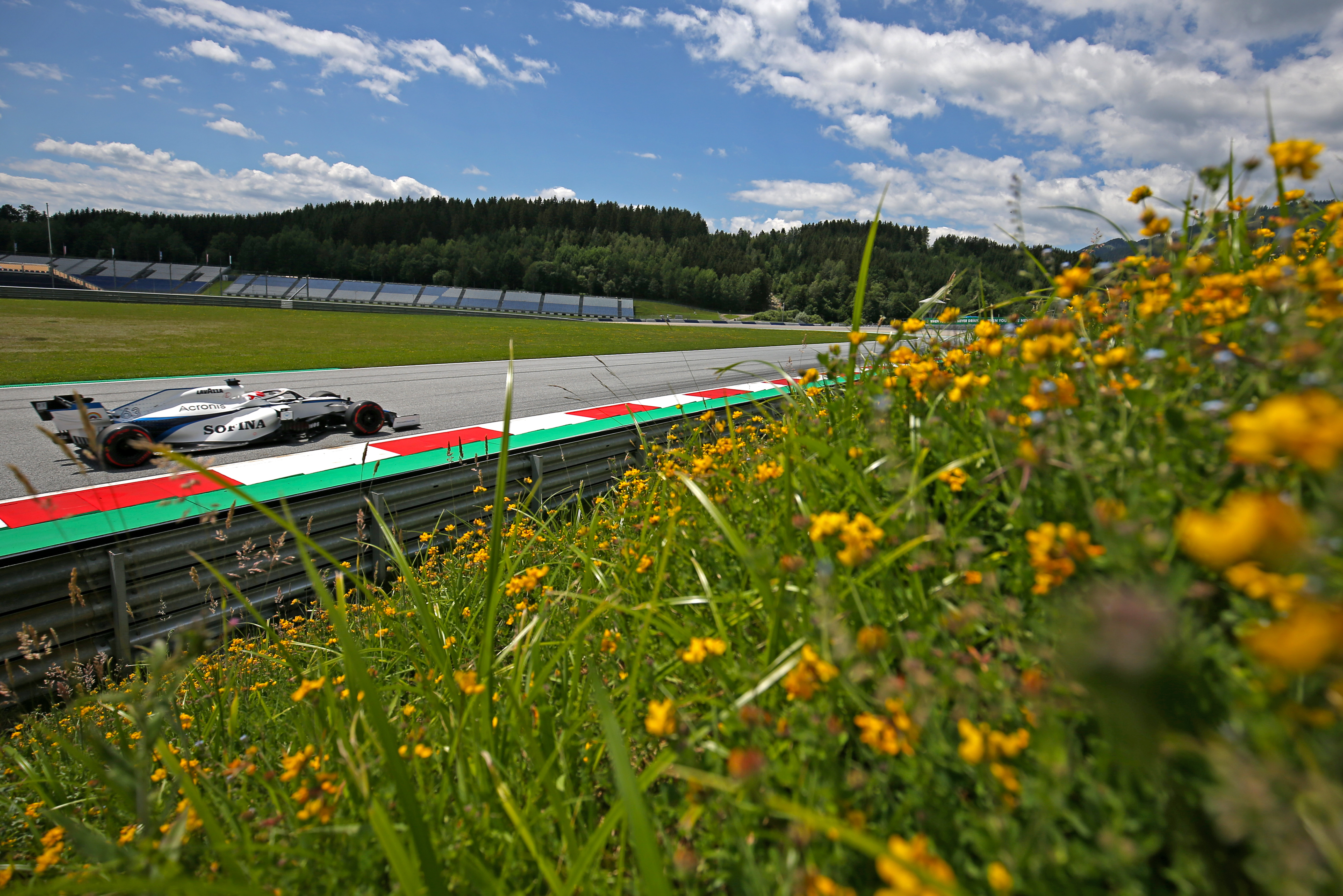
Given Styrian Grand Prix qualifying was wet, qualifying from the previous weekend is the fairest comparison to be used – especially as the fastest laptime set by a Williams in the second Red Bull Ring race was slightly slower.
Russell set a 1m05.167s to take 17th in Austrian GP qualifying, which was 3.540% off Valtteri Bottas’s pole position lap. On average, last season’s Williams was 4.301% off – although it was 4.605% off pole position in Austria. So that equates to a gain of 1.065% to the front – representing just under seven tenths of a second closer at the Red Bull Ring.
But the gap to the front is not the most reasonable comparison. Instead, it’s more informative to look at its position relative to the other midfielders.
Having been last by a huge margin in 2019, Williams outpaced Alfa Romeo in dry conditions at this year’s opener and was nip-and-tuck with Haas to take a Q2 place – a lap 0.074s quicker would have been enough to put Russell into the top 15 in Q1.
Based on the evidence of the Red Bull Ring, Williams is in a group with Haas and Alfa Romeo at the back. This is a huge gain from last year given Williams was a massive 1.951% off the ninth-fastest car on average over the season.
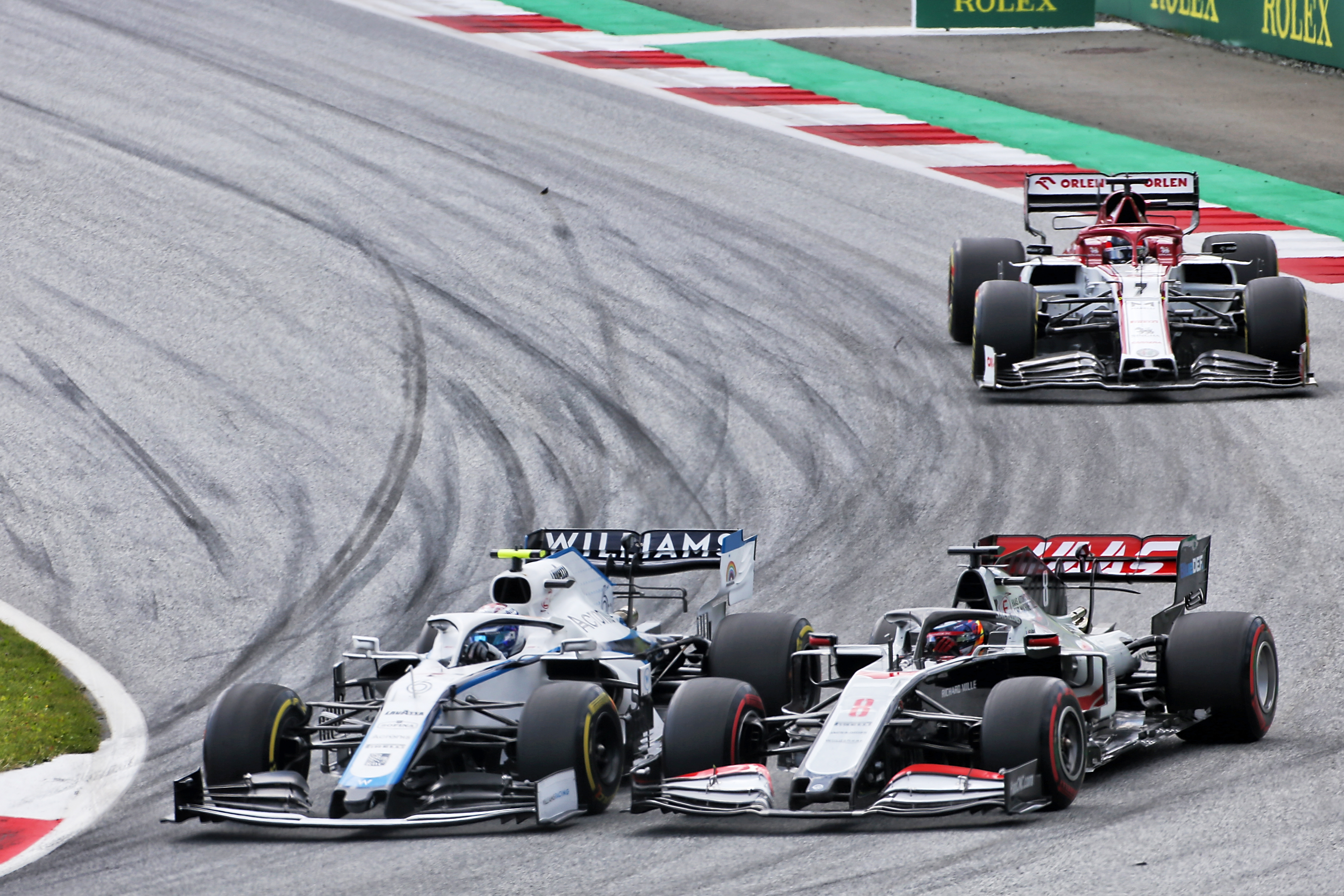
But judged by fastest outright laps in the two races so far, Williams was ninth on both occasions – ahead of Alfa Romeo for the first race and Haas for the second. Using only the more robust Austrian GP data for 2020, Williams was 0.013% ahead of Alfa Romeo but 0.756% off Haas. The gap to Haas would have been smaller for the Styrian GP in dry conditions given the American team had to sacrifice some performance to solve its extreme brake cooling problems.
But this is distorted by the loss of performance of all the Ferrari-engined cars in qualifying conditions. As such to get the most fair comparison to the midfield, we should perhaps look to AlphaTauri.
As luck would have it, AlphaTauri’s deficit to the front in qualifying in Austria was almost identical to its average of last season. Then, the deficit to AlphaTauri for Williams was 1.967%, which has become 1.370% this year – so that’s a 0.597% gain.
Comparing Williams to McLaren, the leading midfield team of last year in both sessions, shows a gain of 0.458%. That demonstrates the challenge Williams faces, because as it gains on the overall pace, its immediate opposition is also closing on the front.
While these qualifying numbers are extremely tentative given they only factor in the first race in Austria, they all point to a good step forward but one that was perhaps made to look bigger than it is by the combination of the struggles of the Ferrari customer teams and the opportunity presented by the wet last Saturday.
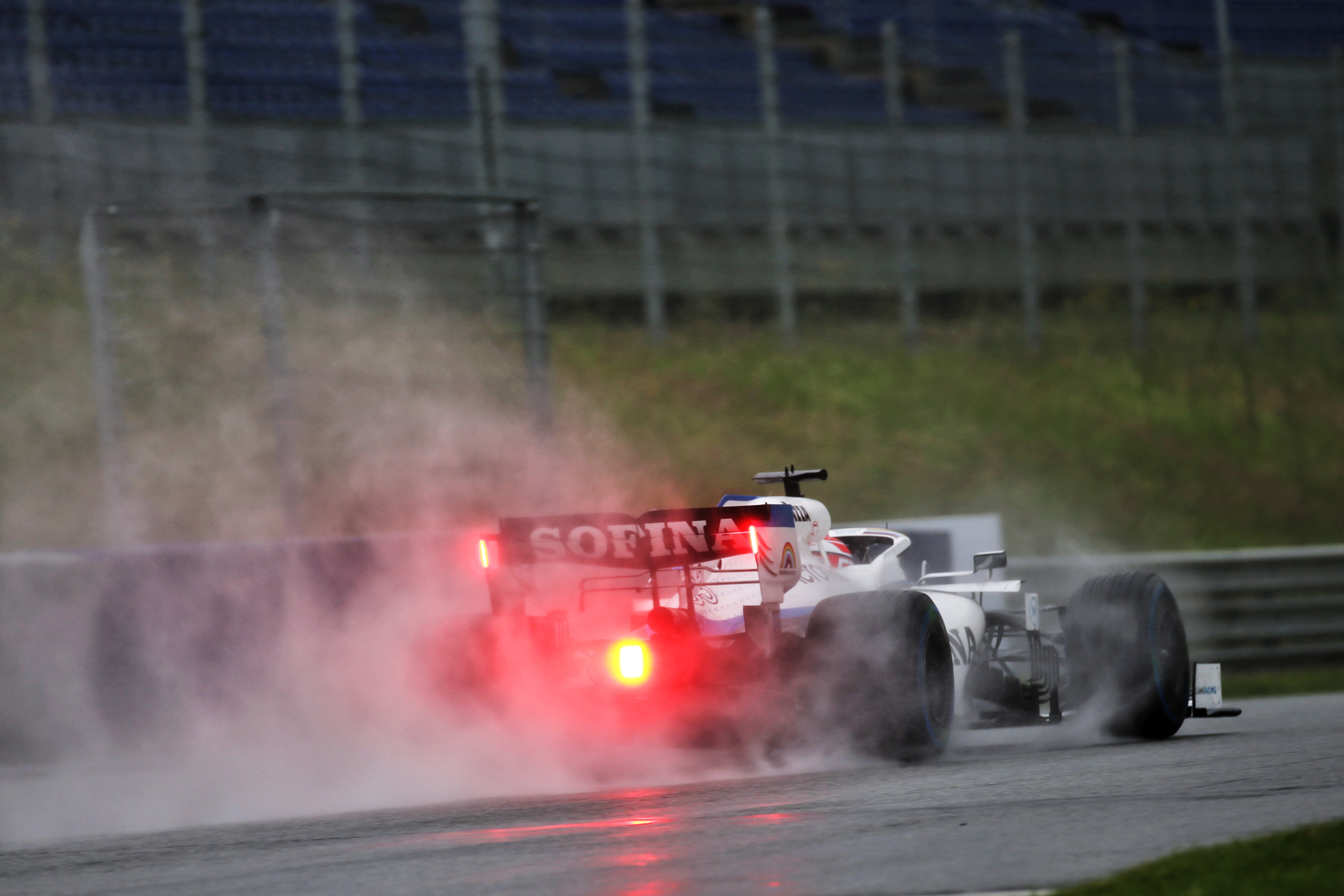
This weekend’s race at the Hungaroring will offer valuable extra data, and there’s every chance that the configuration of the Red Bull Ring wasn’t the most favourable to Williams.
“The car suits Hungary slightly better than it does here,” said Russell in Austria. “We did still have a very draggy car. The power unit makes up for that over a single lap, but I think when things are stable in a race, that’s why we seem to struggle a bit more.
“Obviously in Hungary, the drag factor and the power unit side doesn’t make such a huge difference. We had a strong performance there last year, it’s a track I really enjoy driving, Q2 has absolutely got to be the aim.”
RACE PACE
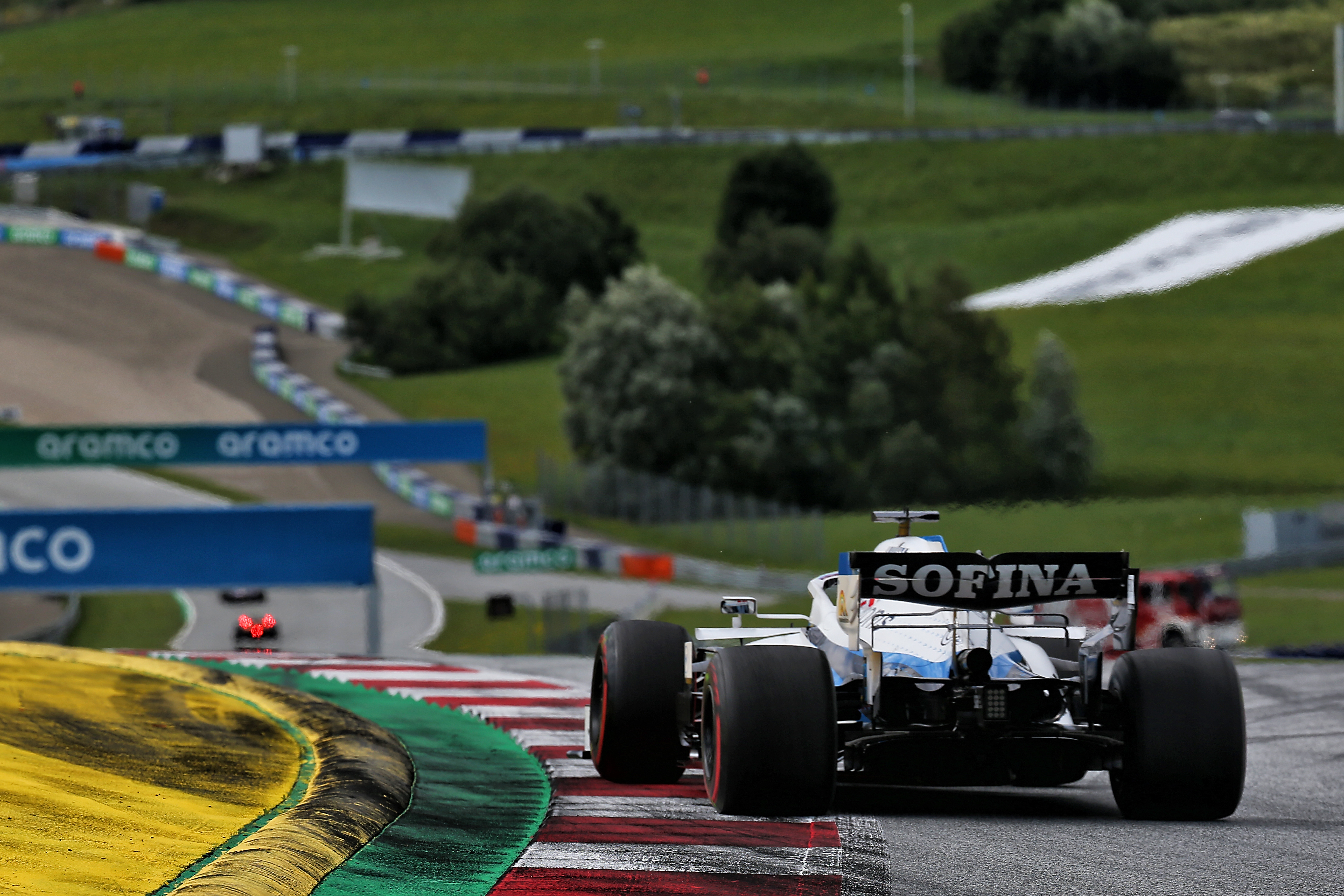
Williams’s race pace can be judged based on the Styrian Grand Prix weekend, with the first race of the season compromised by various teams not having a handle on their car and Williams itself limited by some cooling troubles that it subsequently resolved.
But the bad news here is that the Williams is the slowest car on a Sunday. Even if Russell had not dropped to the back after ploughing through the Turn 6 gravel early on, he would likely have worked his way back to his eventual 16th – one place ahead of team-mate Nicholas Latifi.
“Last year there were obvious things that needed attention, now it’s slightly less obvious” :: Dave Robson
If this trend continues it will be tricky to fight for points without the assistance of attrition, although a strong qualifying position at a difficult circuit for overtaking like the Hungaroring will make it easier to hold track position and maximise the chances of that happening.
But Williams had expected to struggle more on single-lap than race pace prior to heading to Austria.
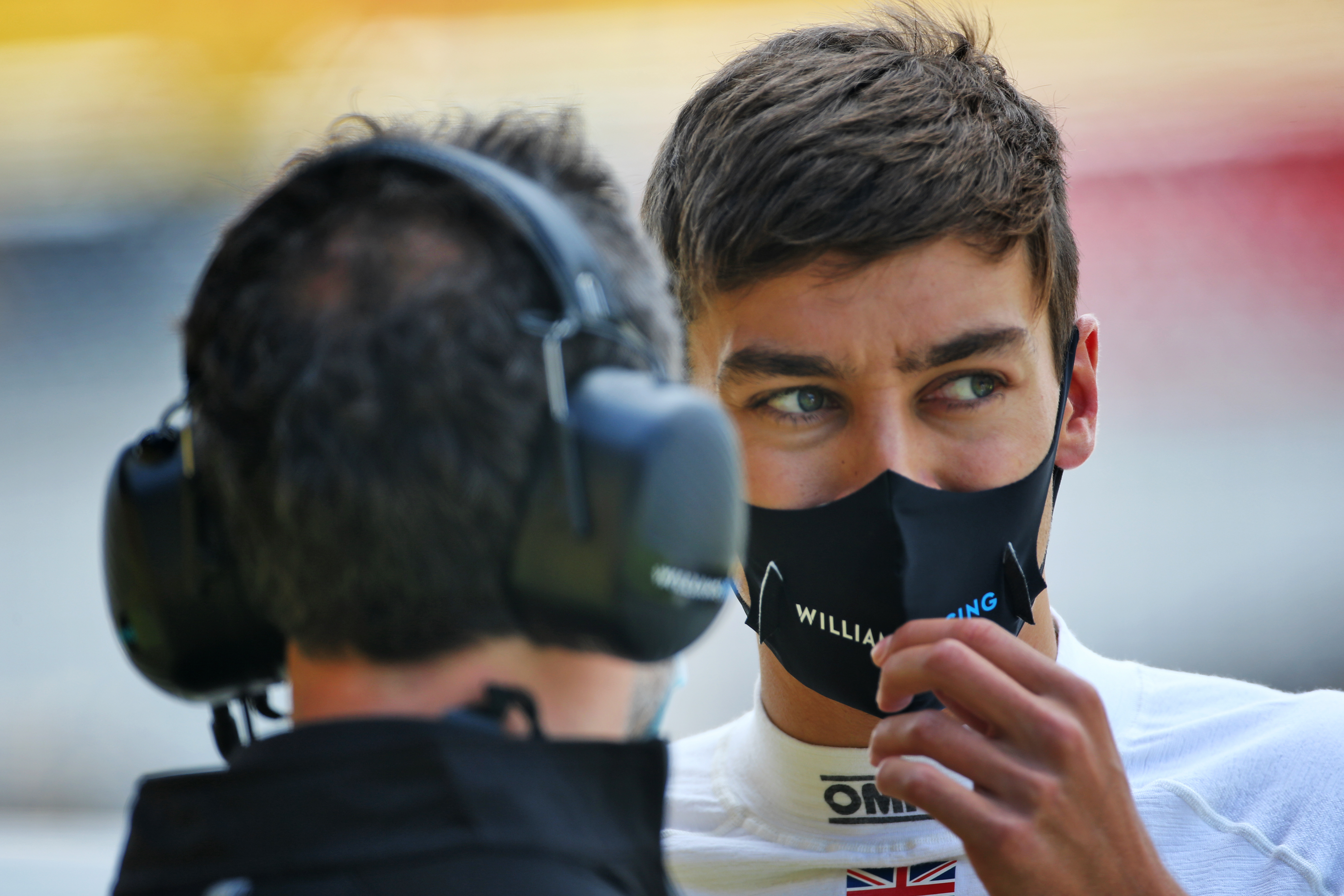
“We approached the weekend thinking we would struggle a bit more in qualifying and have a better race pace in comparison,” said Russell.
“That’s what we learned in winter testing. It’s also actually what we learned on Friday of Austria round one, and yet both races and both qualifying sessions, it’s been the complete opposite – we’ve had strong pace in qualifying and we’ve really struggled, in all honestly, in the race.”
Race pace is always more difficult to judge given the many complicating race-situation factors, but under green flag conditions the Williams drivers finished two laps down in the Styrian Grand Prix with only an early safety car appearance assisting it.
The ninth-fastest car in race conditions proved to be the Haas, with both drivers running on softs in the first stint, matching Russell’s choice, and allowing a comparison of sorts to be made – although the Williams driver was behind Latifi and had to match his medium-shod team-mate’s pace. There, he fell away from the lead Haas by 0.479% per lap.
The second stint is also difficult to judge given blue flags, although where the comparisons are possible the gap appears to be similar. This puts Williams around 0.5% off the back on race pace, which tallies with the team’s view that its Sunday pace has been disappointing.
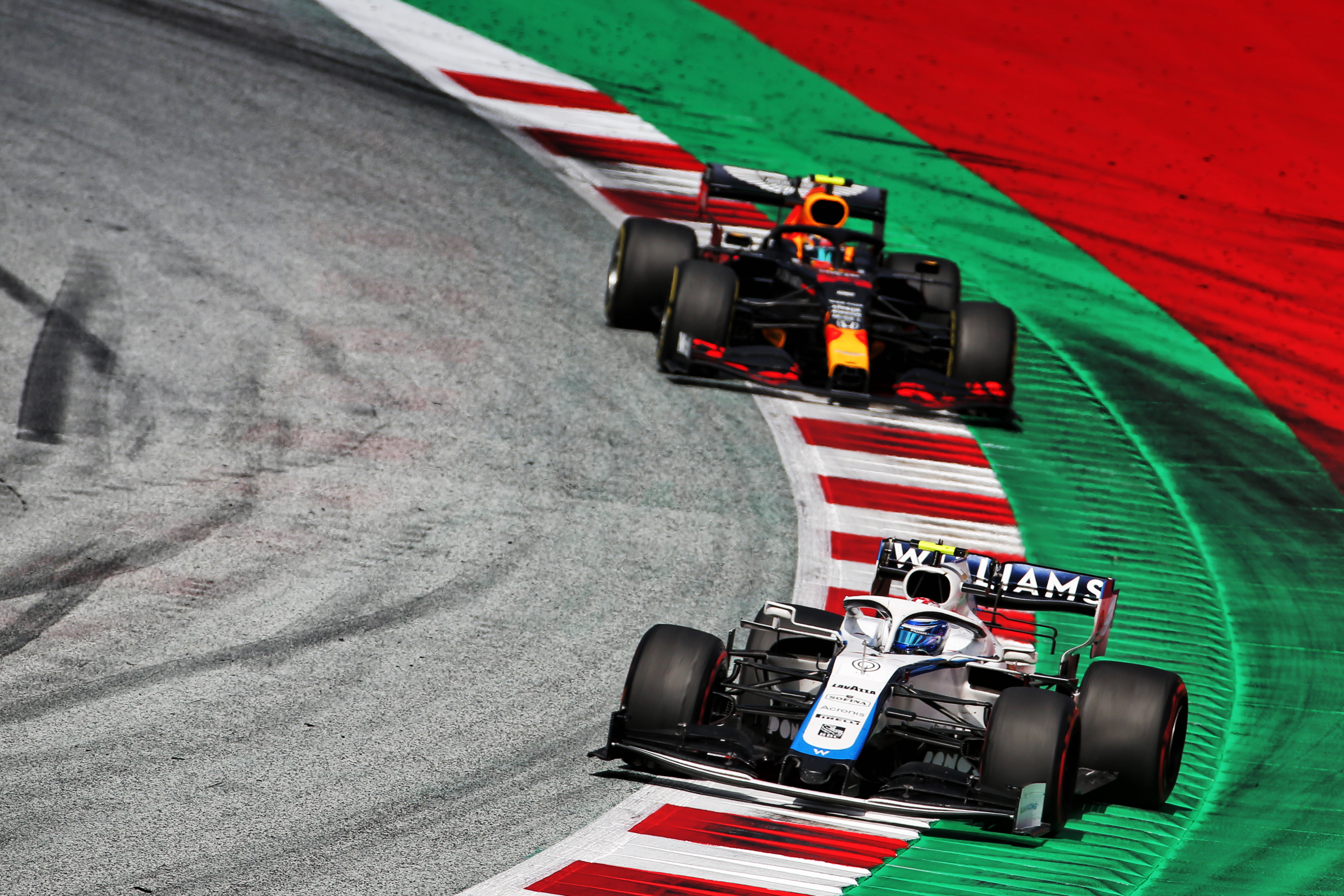
But its final deficit to the points – again a very situational measurement – was cut by about a third compared to last year even if the gap to the front was similar after Russell and Latifi finished two laps down.
While its pace compared to the rest in race conditions will take a number of races to become clear, we can say with confidence it was the slowest, which will be a concern to Williams.
There is also the problem of its stability when following other cars, a problem for all but an area where the Williams appears to be particularly sensitive. This is another factor that will make Sundays difficult even though, as Russell has said, “fundamentally, we’ve got a relatively quick car in clean conditions”.
ROOM FOR IMPROVEMENT?
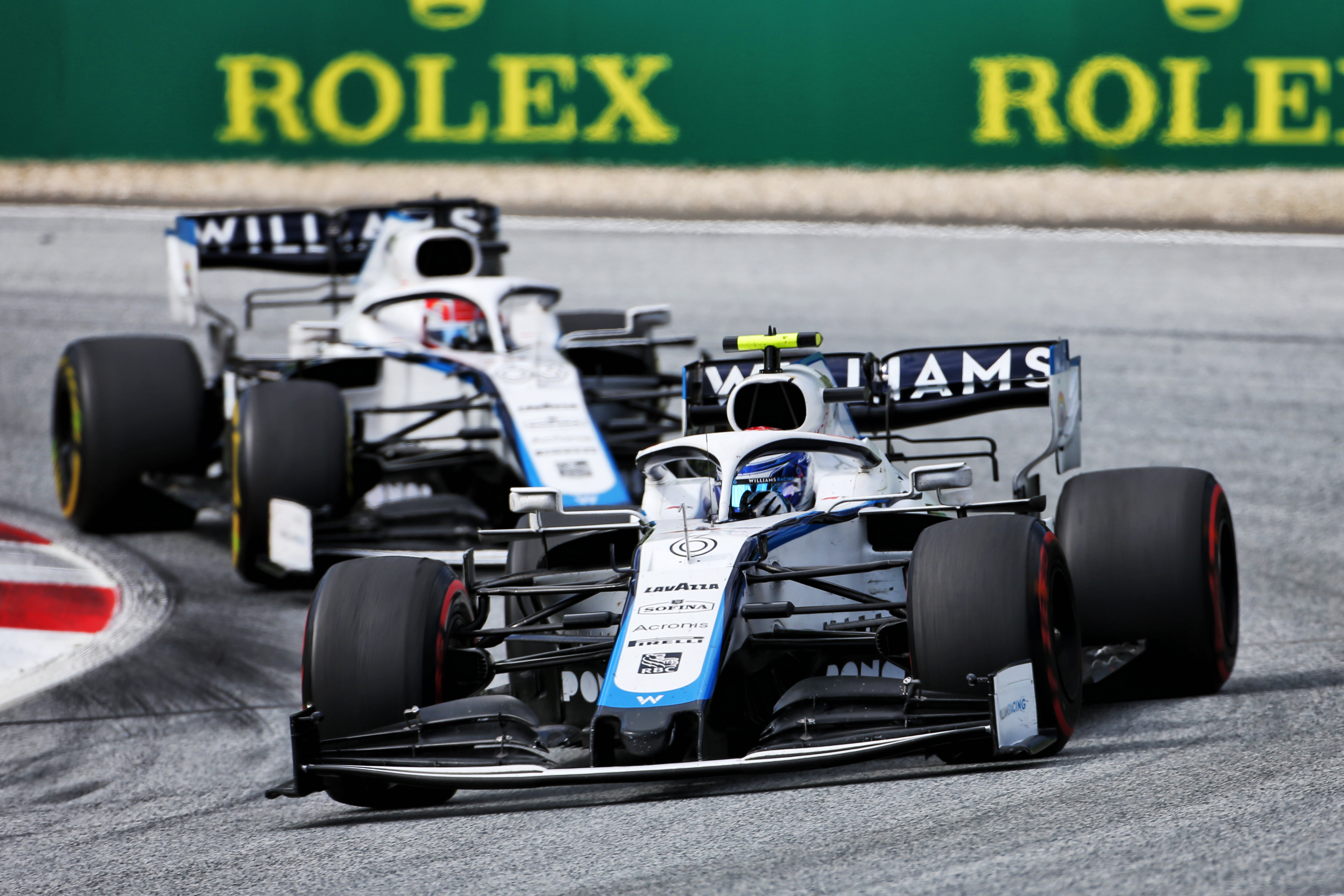
One big positive for Williams is that it did bring upgrades to Austria and it has had some success with those parts already.
Modified front suspension was used by Russell in the Austrian GP weekend and Latifi for Styria, which both drivers found to be an improvement, with other tweaks largely getting a positive reaction.
While last year, the car had significant problems in terms of not just the overall quality of the design and packaging but also strength, a significant weight problem and consistency, now it is at least a more well put-together and consistent car. Now it’s in the endless battle for downforce.
“It is fairly all-round, there are just bits and pieces here and there, no major standout issues,” said head of vehicle performance Dave Robson of the car’s limitations.
“Before we conclude completely on that we need to see how it performs at some slightly different circuits. But I think in what we’ve learned here and in Barcelona, there’s no standout issues, which there probably were 12 months ago so I think it’s now just finetuning the slightly more difficult and tedious process of just tweaking everything up.
“And that’s where deciding where to commit your resources is more difficult. Last year there were obvious things that needed attention, now it’s slightly less obvious and just a case of cranking up everything a little bit, which is time consuming and at times expensive.”
With some components already frozen next season and more due to be locked in race eight at Monza in early September, this phase will be crucial for Williams.
Overall, Williams can be satisfied it has corrected the problems that led to the worst season it has endured since it started making its own F1 cars in 1978.
But while it has cut its outright pace deficit to the midfield by around a third and is now stronger in race conditions, it is still going to face a battle to score points without outside help.
While the step is perhaps not as large as some might have hoped, it’s important to factor in that the target is moving. There was inevitably some low-hanging fruit to be picked given the farrago that was the 2019 car, but it has to make gains matching its rivals just to stand still in relative terms.
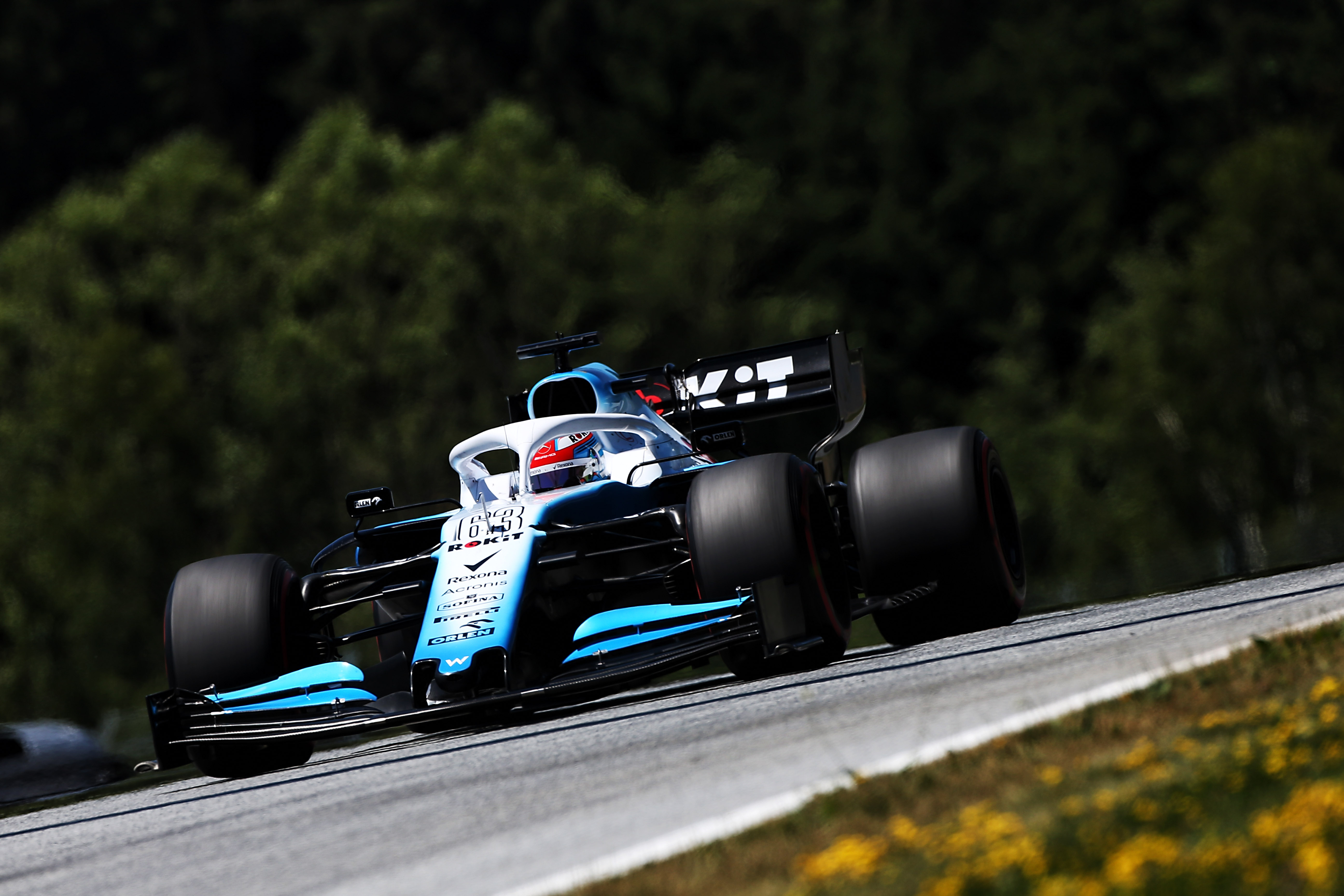
So its year-on-year gains are larger than the relative comparison suggests – it lapped 0.927s faster in qualifying for the Austrian GP than it did in 2019, equating to a gain of over a second on a circuit with a more typical laptime.
But in the big picture, what matters is that Williams is doing the right things to make progress, which it has proved it is.
Although the Ferrari engine weakness in qualifying has perhaps flattered it, everyone at Grove can be satisfied with a solid start to the season and the first step on what the beleaguered, and possibly-for-sale, team hopes is the long road to recovery.







